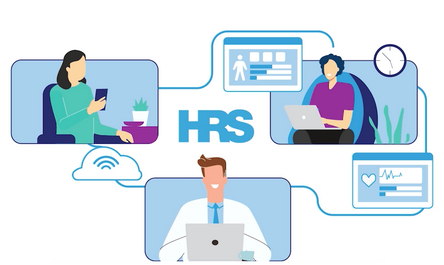The rise of telehealth has revolutionized how we access healthcare, offering a convenient and efficient way to connect with medical professionals from the comfort of our homes. Understanding how to use telehealth services is crucial for navigating this growing trend effectively. Whether you’re scheduling a routine consultation, managing a chronic condition, or seeking urgent care, telehealth provides a flexible and reliable solution for modern healthcare needs.
The Basics of Telehealth Services
What Are Telehealth Services?
Telehealth involves using digital communication tools to access healthcare services remotely. These tools include video calls, phone consultations, mobile apps, and online patient portals.
Key features of telehealth include:
- Convenience: Eliminate the need for travel by meeting your healthcare provider virtually.
- Accessibility: Connect with specialists or healthcare providers in different locations.
- Cost-Effectiveness: Reduce expenses associated with transportation and in-person visits.
Common Uses of Telehealth
Telehealth services cater to a variety of healthcare needs, such as:
- Routine check-ups and follow-ups.
- Prescription renewals and medication management.
- Mental health therapy and counseling.
- Management of chronic illnesses like diabetes or hypertension.
- Immediate care for minor illnesses and injuries.
By understanding how telehealth fits into your healthcare routine, you can maximize its benefits for both routine and specialized care.
Steps to Use Telehealth Services
1. Choose the Right Platform
Selecting the appropriate telehealth platform is the first step.
- Research Your Provider: Most healthcare providers offer telehealth services through their websites or dedicated apps.
- Check Compatibility: Ensure your device and internet connection meet the platform’s technical requirements.
- Verify Security: Use a platform that complies with privacy standards like HIPAA to protect your personal health information.
2. Schedule Your Appointment
Booking a telehealth appointment is straightforward:
- Log In: Use the patient portal or telehealth app provided by your healthcare provider.
- Choose a Time: Select a time slot that suits your schedule. Some platforms even offer same-day appointments.
- Provide Details: Share relevant medical history or symptoms to help the provider prepare for your consultation.
3. Prepare for Your Appointment
To make the most of your telehealth visit:
- Create a Quiet Space: Choose a well-lit, private area for your appointment.
- Test Your Equipment: Check your camera, microphone, and internet connection to ensure smooth communication.
- Prepare Questions: Write down any concerns or questions you have for the provider.
Subheading: Tips for a Successful Telehealth Experience
Making your telehealth appointment as effective as an in-person visit requires preparation and communication:
- Be Honest and Detailed: Share all symptoms and relevant health updates with your provider.
- Follow Post-Appointment Instructions: Whether it’s scheduling follow-ups or filling prescriptions, follow through with the provider’s recommendations.
- Use Follow-Up Messaging: Most platforms allow secure messaging for additional questions after your appointment.
Advantages and Limitations of Telehealth
Benefits of Telehealth
Telehealth offers several advantages:
- Time-Saving: Eliminate travel time and waiting room delays.
- Flexibility: Access care during unconventional hours.
- Better Monitoring: Use wearable devices or apps to share real-time health data with your provider.
Limitations to Consider
While telehealth is highly beneficial, it does have some constraints:
- Not Suitable for Emergencies: Conditions requiring immediate physical intervention still need in-person care.
- Technology Barriers: Limited access to reliable internet or devices can hinder some users.
- Limited Physical Exams: Certain conditions may require hands-on evaluation.
Being aware of these limitations can help you determine when telehealth is an appropriate choice for your healthcare needs.
Future of Telehealth
Telehealth services are continuously evolving, with advancements such as:
- AI-Driven Diagnostics: Artificial intelligence can enhance accuracy in diagnosing conditions remotely.
- Remote Monitoring Devices: Wearable tech will enable providers to monitor patients’ vital signs in real time.
- Expanded Accessibility: Ongoing efforts aim to make telehealth services accessible in rural and underserved areas.
These innovations promise to make telehealth an even more integral part of the healthcare landscape.
Conclusion
Learning how to use telehealth services empowers you to take control of your healthcare journey in a modern, efficient way. From choosing the right platform to preparing for virtual appointments, the process is designed to be user-friendly and accessible. While telehealth may not replace in-person visits for all medical needs, its convenience and flexibility make it a valuable tool for managing your health. Embracing telehealth today ensures you stay connected to quality care, no matter where you are.
